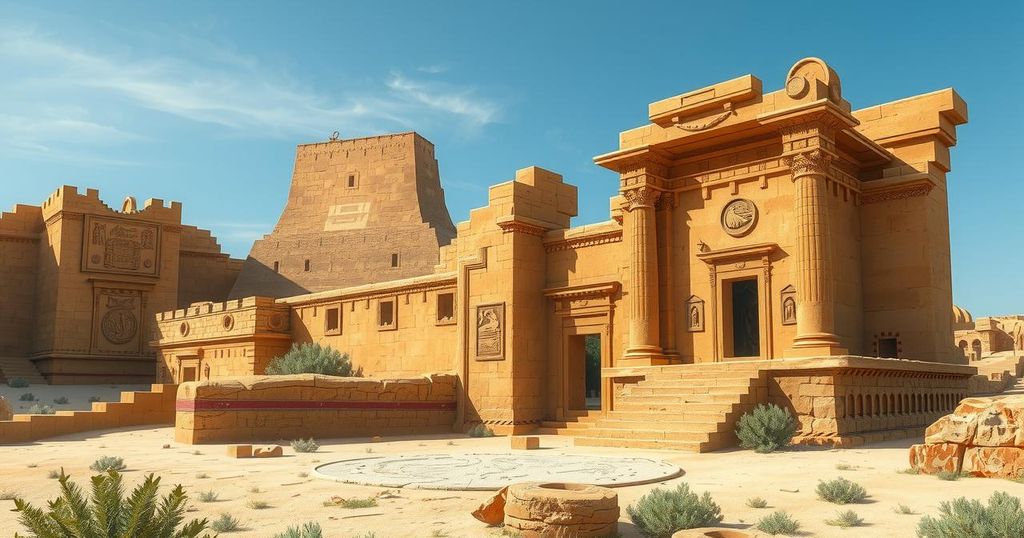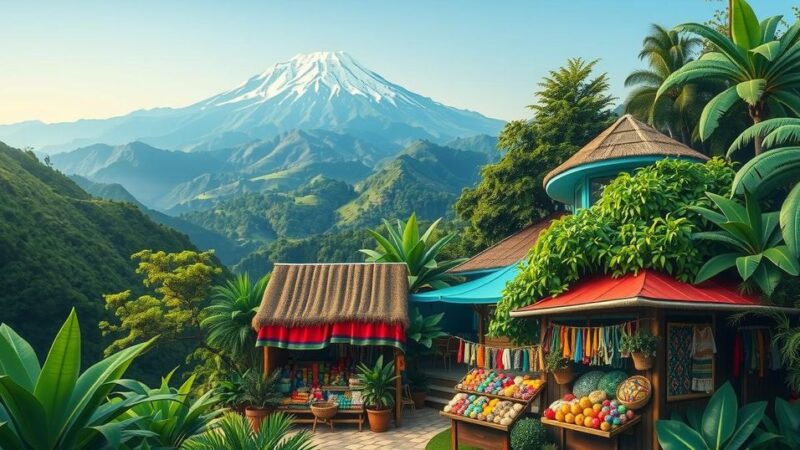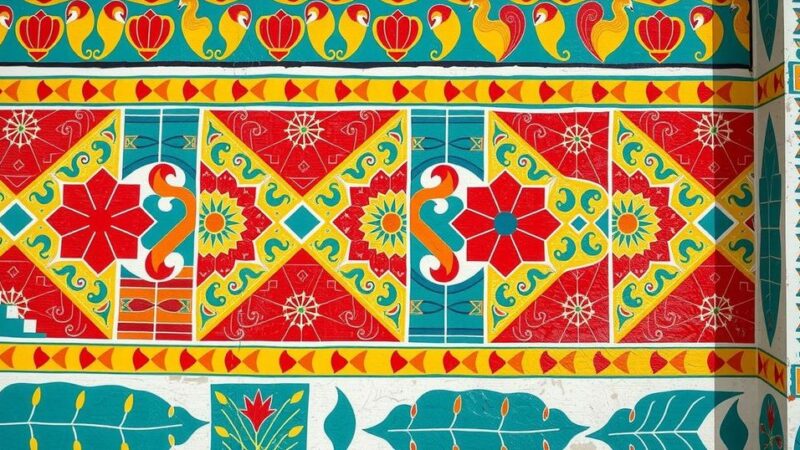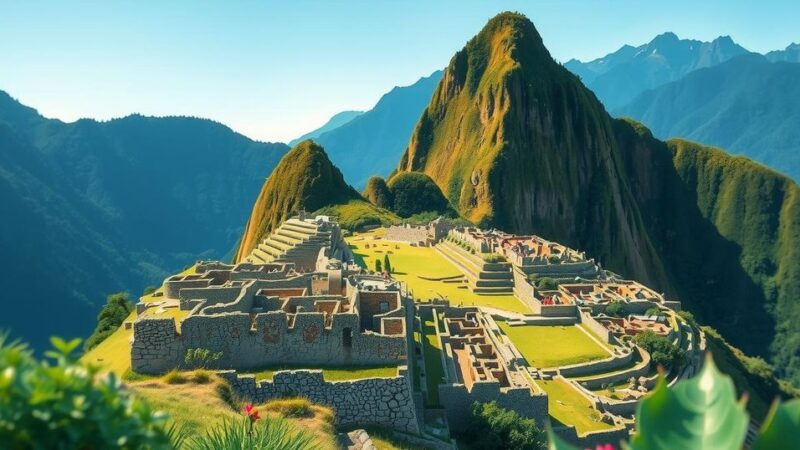- Archaeologists discover a 3,500-year-old city named Peñico in northern Peru.
- Peñico served as a critical link between cultures of the Pacific coast and Amazon.
- Recent findings at the Limon complex reveal important Mochica political chambers.
Unveiling Peñico: Connecting Cultures Across Time
In an exciting discovery that sheds light on ancient civilizations, archaeologists have unveiled a remarkable 3,500-year-old city named Peñico, located in northern Peru. This city served as a vital link between the Pacific coast cultures and those thriving in the Amazon Basin. Researchers are mapping out how this extensive network facilitated trade, social interaction, and cultural exchange, linking diverse groups across different geographic areas.
Insights into the Mochica Civilization’s Richness
The discovery of Peñico comes as a significant addition to our understanding of the Mochica civilization, which flourished in this region. Within the Limon archaeological complex, there were also notable finds, including decorated walls and chambers intended for political ceremonies, boasting over 1,500 years of history. Notably, Walter Alva, a prominent archaeologist, emphasized how these findings contribute to a complex narrative of pre-Columbian life that appears enriched by trade routes and connections.
Implications for Future Archaeological Research
The implications of finding Peñico go beyond mere archaeology; they have the potential to alter conventional perspectives on ancient civilizations in South America. This discovery not only highlights the sophistication of past cultures but also opens new avenues for archaeological exploration. As more discoveries like Peñico emerge, the stories of these ancient peoples will likely provoke further interest and research within the global community, unlocking secrets that have lain buried for millennia.
The unveiling of the 3,500-year-old city Peñico provides invaluable insights into the intricate connections between ancient cultures in Peru. This discovery not only enhances our understanding of the Mochica civilization but also emphasizes the importance of trade and cultural exchanges in shaping prehistoric societies. As research continues, we may look forward to unearthing even more about these fascinating ancient networks.






